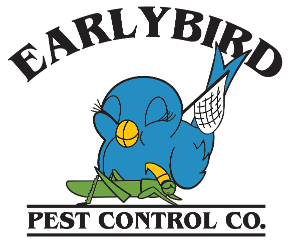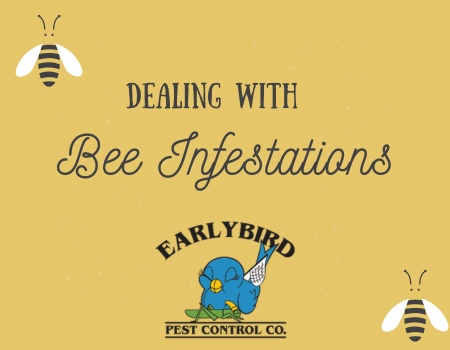Arizona’s warm climate and diverse landscape make it an ideal habitat for various species of bees leading to bee infestations. While bees play a crucial role in pollination and ecosystem health, their presence near homes or businesses can pose risks to occupants, especially those allergic to bee stings. Dealing with bee infestations requires careful consideration and adherence to safe removal practices to protect both humans and bees. Let us explore effective strategies for dealing with bee infestations in Arizona while prioritizing safety and environmental conservation.
Understanding Bee Behavior:
Before addressing a bee infestation, it’s essential to understand the behavior of bees and their nesting habits. In Arizona, common bee species include honey bees, bumblebees, and Africanized honey bees (also known as “killer bees”). Bees typically establish hives in sheltered areas such as hollow trees, wall voids, attics, or underground cavities. Identifying the species and location of the bee nest is the first step in developing a safe and effective removal plan.
Safe Bee Infestation Removal Practices:
When dealing with bee infestations, it’s crucial to prioritize safety for both humans and bees. Here are some safe removal practices to consider:
- Avoid Agitation: Bees can become aggressive when disturbed or threatened, especially Africanized honey bees. Avoid disturbing the bees unnecessarily and refrain from swatting or making sudden movements near the hive. Loud noises, vibrations, and strong odors can also agitate bees, so approach the infestation site calmly and quietly.
- Protective Gear: Wear appropriate protective gear when dealing with bee infestations, including a bee suit, veil, gloves, and closed-toe shoes. This gear provides physical protection against bee stings and reduces the risk of allergic reactions. Additionally, ensure that all exposed skin is covered to minimize the chances of bee stings.
- Use Caution with DIY Methods: While DIY bee removal methods may seem cost-effective, they can be risky and ineffective, especially for large or aggressive bee colonies. Avoid attempting to remove bees using home remedies or improvised techniques, as they can agitate the bees and lead to stings or property damage. Instead, seek professional assistance from licensed pest control experts who have the knowledge and experience to safely remove bee infestations.
- Contact a Professional: When dealing with established bee colonies or infestations near occupied structures, it’s best to enlist the services of a professional pest control company like Early Bird Pest Control. Trained technicians can assess the situation, identify the type of bees involved, and implement safe and effective removal strategies. Professional bee removal services prioritize the humane treatment of bees and may employ techniques such as bee relocation or hive extraction to minimize harm to the insects.
Environmental Considerations:
In addition to human safety, it’s essential to consider the environmental impact of bee removal practices. Bees play a critical role in pollination and ecosystem health, and their populations are facing significant threats from habitat loss, pesticides, and disease. When removing bee colonies, take steps to minimize harm to the bees and preserve their vital role in the ecosystem. Whenever possible, opt for bee-friendly removal methods that prioritize relocation or rehoming of bee colonies rather than extermination.
Dealing with bee infestations in Arizona requires a cautious and environmentally conscious approach. By understanding bee behavior, prioritizing safety, and enlisting the help of professional pest control services like Early Bird Pest Control, you can effectively manage bee infestations while safeguarding both humans and bees. Remember to exercise caution, wear protective gear, and avoid DIY removal methods to minimize risks and ensure a safe outcome. For more information or assistance with bee removal services, contact Early Bird Pest Control.


Recent Comments